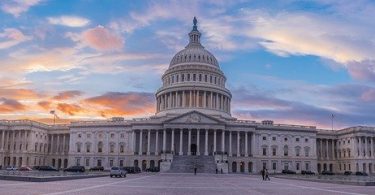Two and a half years ago, I warned people not to be misled by Medicare five-star nursing home...
Long-term care
Coronavirus: It will be challenging for many older adults to vote
It seems inconceivable in the year 2020 that everyone in this country eligible to vote should not...
Coronavirus: Strike teams step in to help nursing home residents...
Nursing homes and other residential facilities have been hard hit by the novel coronavirus, with...
Can you protect nursing home residents in a profit-driven system?
A story in The Guardian about corporate entities that buy up nursing homes, with the goal of...
Blame Donald Trump for the nursing home Covid-19 crisis
The very first COVID-19 outbreak in the US took place in a Kirkland, Washington nursing home more...
Coronavirus: Lawmakers ignore horrific number of nursing home...
David Dayen writes for The American Prospect on the horrific number of deaths at nursing homes...
Coronavirus: Should nursing homes be for-profit?
Matthew Goldstein et al. reports for The New York Times that most US nursing homes were losing...
Here are ways Congress can ensure the well-being of older adults...
Congress has just passed an $8 billion emergency spending package to help address the coronavirus...
Nine takeaways for the US from other health care systems
Dylan Scott at Vox traveled to Taiwan, Australia and the Netherlands to gain a better...
The FAMILY Act would ensure paid leave to workers caring for...
Across the country, millions of working people must give up their jobs or take unpaid leave to be...










